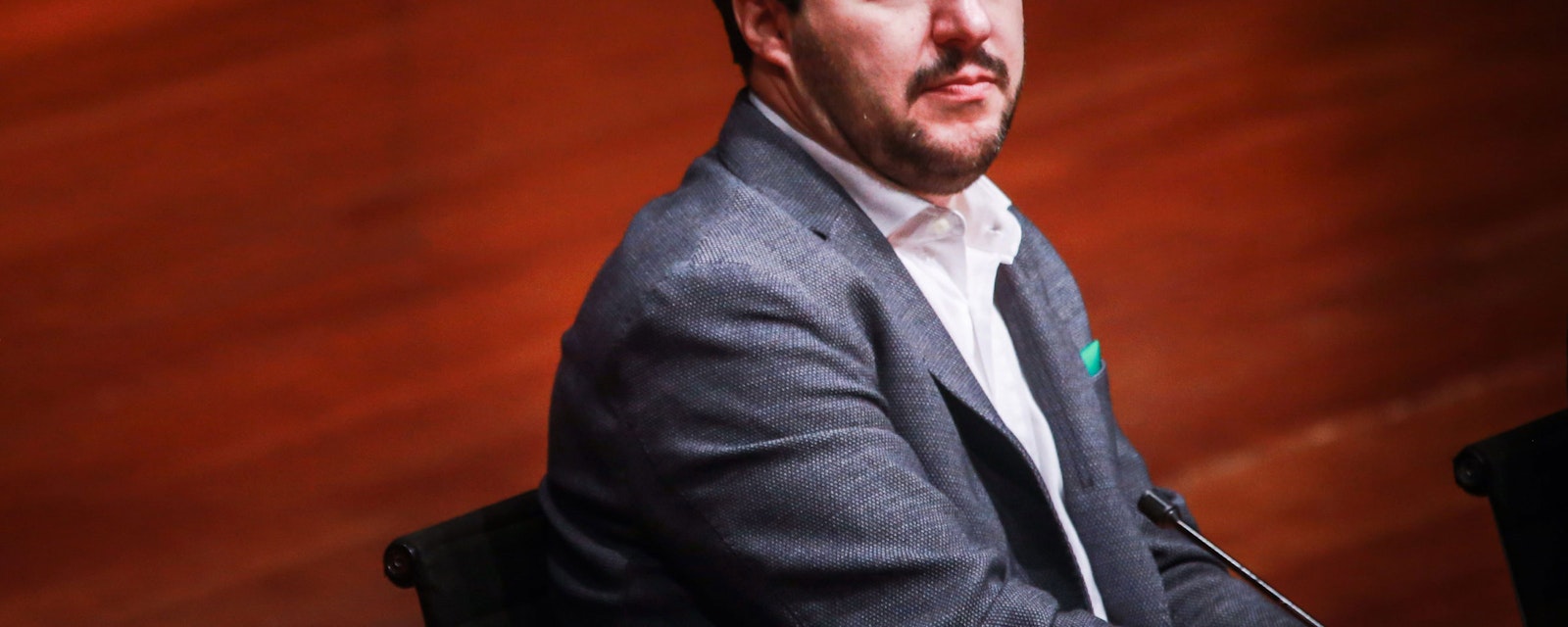With slightly more than a month left to ballot day (4 March), the most likely outcome of the general election remains a hung parliament.
The result would be a messy stalemate in which no party or electoral alliance controls a parliamentary majority. Attempts to form a government could be slowed down by a crossfire of vetoes. From a market standpoint, the consensus view seems to be that Italy will end up with a so-called grand coalition centered on the Democratic Party (PD) and Forza Italia (FI). While this is a plausible scenario, it is far from a given. At this point, it is premature to assume that the PD and FI will be part of the next government.
This electoral contest is the first one to use the new, complex mixed-member electoral system. One-third of the legislators will be elected in first-past-the-post (single-member) districts, where the outcome could be determined by a handful of votes. This is crucial because the final result of the elections could depend on the outcome in around 110 of these single member districts (73 for the lower chamber and 37 for the Senate) where the current margin between two (or three) electoral alliances is below 5 percentage points. Most of these districts are located in Italy’s center-south.
It is also worth noting that the share of undecided voters and those planning on abstaining remains high, at around 35%. Based on recent elections in other European countries, a large part of these potential voters will likely take a decision only 48-72 hours before the vote, adding another element of uncertainty.
Crucially, it remains unclear whether the PD and FI will secure enough seats to control a parliamentary majority, even when including the likely support of some small centrist parties. The feasibility of a grand coalition will largely depend on the ability of the PD to reverse its declining popularity in the next few weeks. The “magic” threshold for Renzi is around 25%, the PD’s result in the 2013 elections. This would likely provide the PD with the largest parliamentary group, thereby increasing its chances of obtaining the mandate from the president to form a government. It would also reduce the risk of intra-PD turmoil that could further limit Renzi’s room for maneuver during the tortuous process to form a government with Silvio Berlusconi.
The same logic applies, in turn, to Berlusconi. A better than expected FI performance would strengthen Berlusconi vis-a-vis his coalition partners, especially the Northern League (LN). If FI emerges as the largest single party of the center-right alliance with a sizeable advantage over the LN (indicatively 5 percentage points), it would be easier for Berlusconi to abandon his electoral ally, possibly attracting some LN defectors and striking a deal with the PD.
Finally, it is the longer-term impact of a grand coalition that could be detrimental. The PD’s legislators are mainly elected in the center of Italy and the FI’s mostly in the south. This would leave the affluent north relatively “underrepresented”, potentially further fueling the LN’s popularity. An unnatural grand coalition dictated by party leaders, which would most likely fail to deliver, would only further discredit mainstream parties, raising the risk of a victory of the populists in the subsequent early election.




